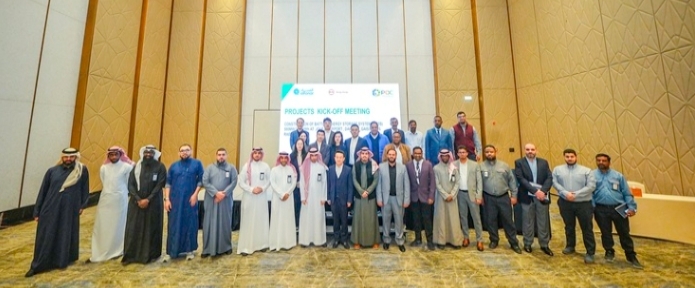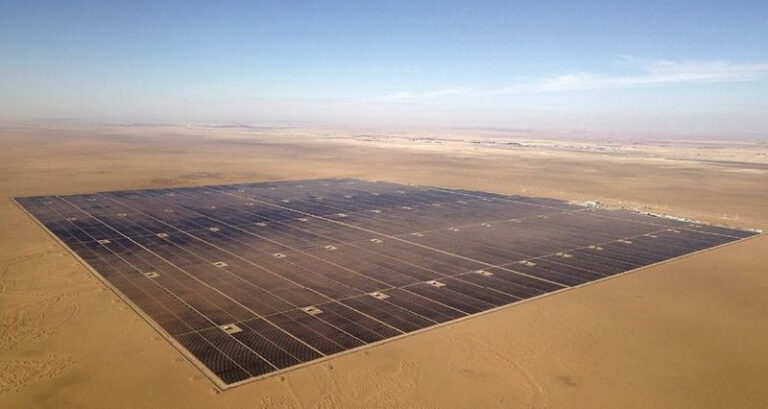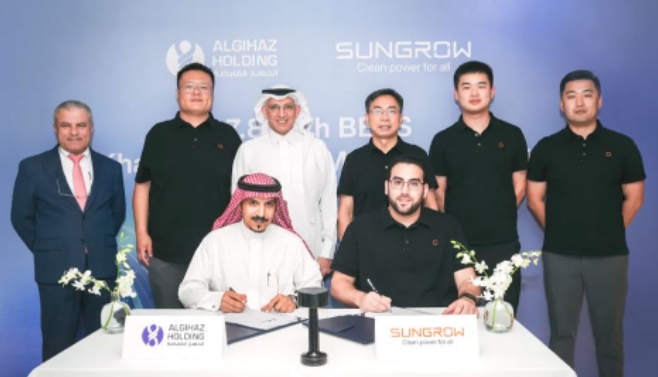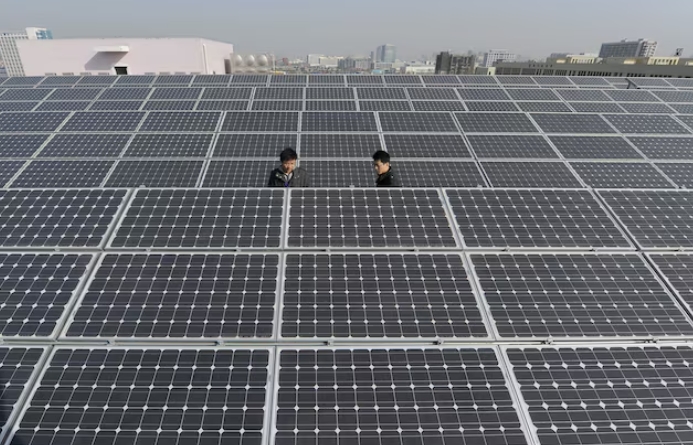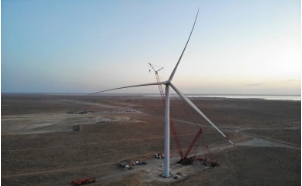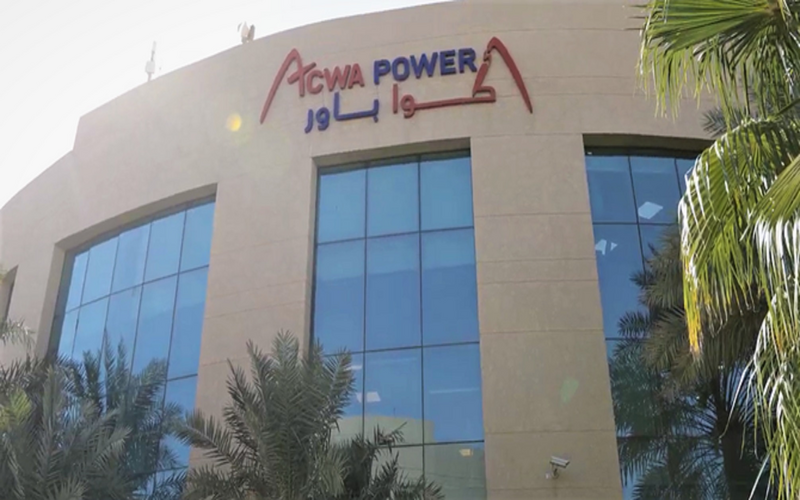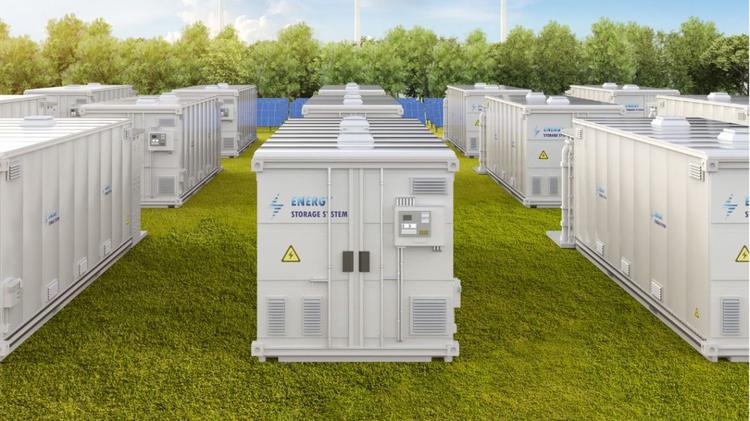With an emoji of a flexing bicep, Venezuelan state oil company Petróleos de Venezuela, S.A., or PDVSA, on Tuesday celebrated what was once a routine task in the OPEC nation: delivering gasoline.
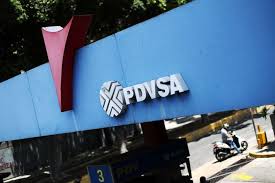
Acute gasoline shortages in much of Venezuela’s interior have in recent days reached the capital Caracas, which has been largely insulated from the service station queues and rolling blackouts plaguing the rest of the country.
While intermittent fuel shortages have long troubled Venezuelans, days-long waits for gasoline became routine this year. U.S. sanctions, intended to force out socialist President Nicolas Maduro, have made importing fuel more costly and complicated, while refineries are largely shut due to underinvestment.
PDVSA has not commented on the recent wave of shortages, which have added to the daily frustrations in a country suffering from hyperinflation and a sixth straight year of recession.
But on Tuesday, the company sent six tweets touting fuel deliveries in various parts of the South American country.
“That’s how to end the year,” the company tweeted, using a bicep emoji, alongside a picture of a fuel truck filling up in eastern Anzoategui state, one of the country’s largest crude-producing regions.
Earlier this month, in El Tigre in central Anzoategui, where the first successful oil well in the region was drilled in the 1930s, lines of more than 200 cars waited at the city’s handful of service stations, which were all closed, to hold their spot for when the next fuel truck arrived.
“It is hard to believe that in our country, which is rich in oil, there is no gasoline,” said Daniel Guevara, a 33-year-old farmhand at a nearby ranch who arrived at 4 a.m. to line up at a PDVSA gas station.
Shortages grew after fuel imports fell to 135,000 barrels-per-day (bpd) in November from 210,000 bpd in October, according to Refinitiv Eikon tanker tracking data and internal PDVSA documents.
